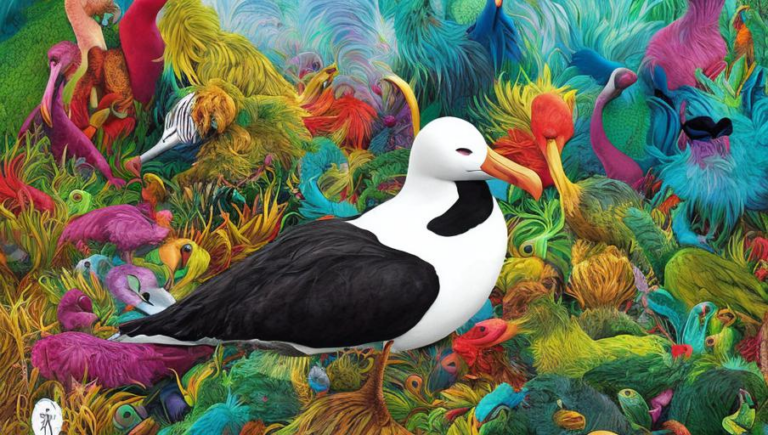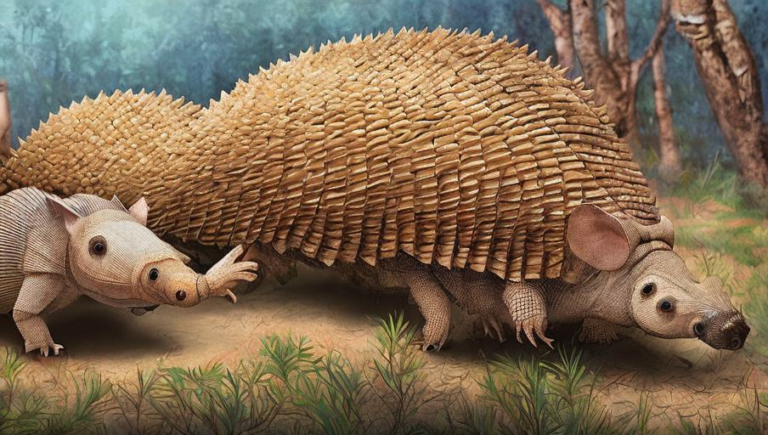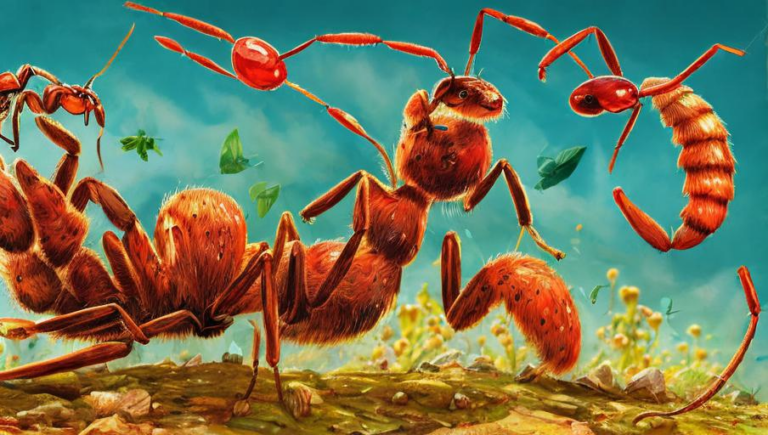Insight into the Mating Habits of Albatrosses

Introduction
The albatross is a large seabird which is typically found in the southern oceans. It is known for its impressive wingspan, which can reach up to 3.7 meters (12 feet), and its long-distance migrations, which can span thousands of miles. But what is not often discussed is the mating behavior of this species. In this article, we will take a closer look at the mating habits of albatrosses and how they are adapted to their environment.
Courtship Behavior
Albatrosses typically have one mate with whom they remain loyal for life. Before the pair can form a bond, the male must first impress the female with a courtship display. This can involve singing, dancing, and displaying its feathers. The male will also present the female with a special gift such as a fish or a feather. Once the female is impressed, they will form a pair bond that can last for many years.
Nesting and Breeding
Albatrosses typically nest on remote, isolated islands where there is plenty of food and not many predators. They build a nest on the ground, where the female will lay one egg. Both parents will take turns incubating the egg and caring for the chick once it hatches. It can take up to two months for the chick to fledge. During this time, the parents will bring food to the chick and protect it from predators. The chick will then leave the nest and start to forage for food.
Migration Patterns
Albatrosses are highly migratory and will travel across vast distances in search of food. They can travel up to 15,000 kilometers (9,300 miles) in a year, and they often take in long, looping routes to cover their territories. During the breeding season, they will return to their nesting grounds and find their mates. This behavior helps to keep the population spread out over a wide area and ensures that the gene pool remains diverse.
Challenges of Mating
Mating behavior in albatrosses can be challenging due to the fact that they are spread out over such a wide area. This can make it difficult for a pair to find each other, and it can also make it harder for a single male to impress a single female. Additionally, the harsh conditions of the ocean can make it difficult for albatrosses to find food, which can also impact their mating behavior.
Conclusion
The mating behavior of albatrosses is fascinating and complex. It is adapted to their environment and allows them to spread out and remain diverse. By understanding their behavior, we can better understand how to protect these amazing creatures and ensure their future survival.





